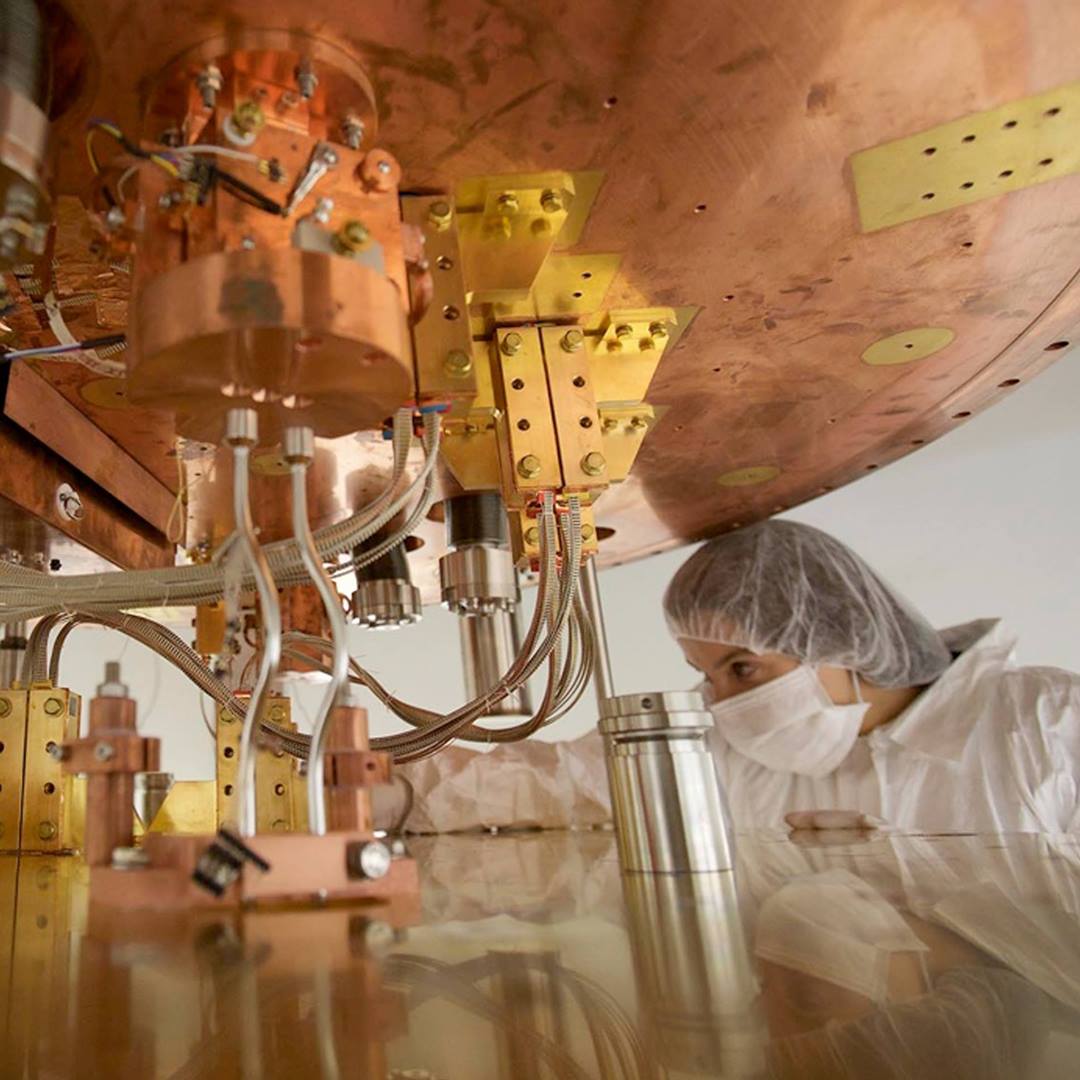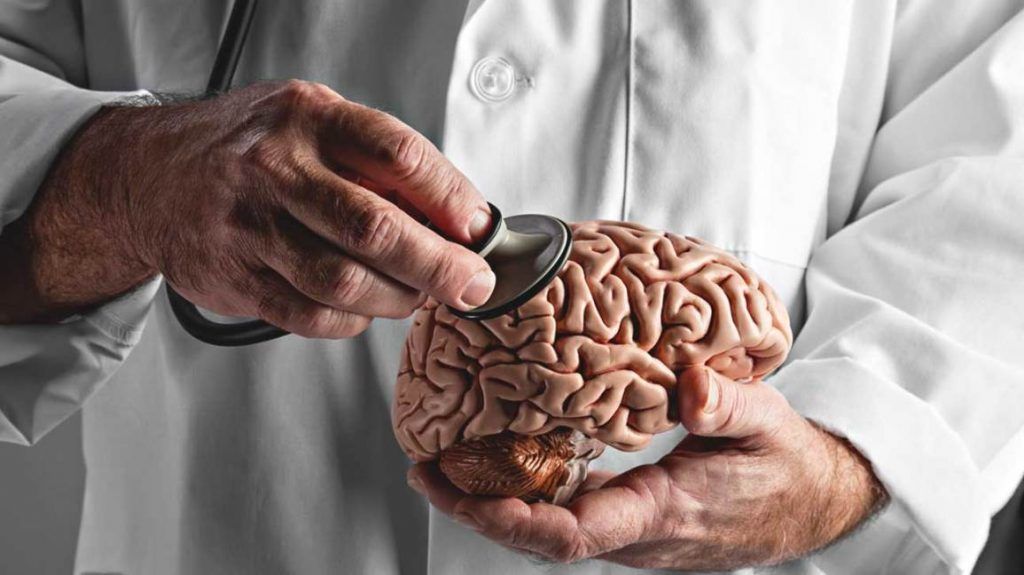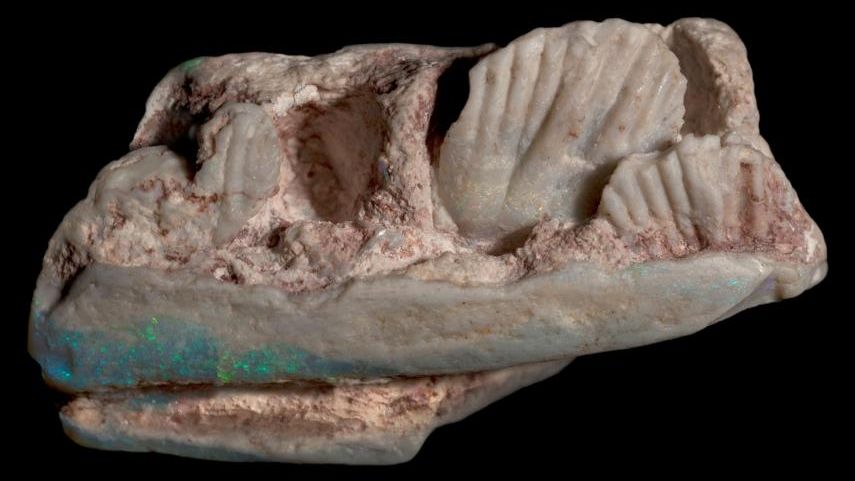A blood test can detect cancer within just 10 minutes, scientists have found, raising hopes that hard-to-spot diseases could be picked up early when treatment is most effective.
Currently doctors use symptoms and a raft of tests and biopsies to determine if cancer is present which can sometimes take months.
The new method from the University of Queensland looks for differences in the genetic code of cancerous and healthy cells.








